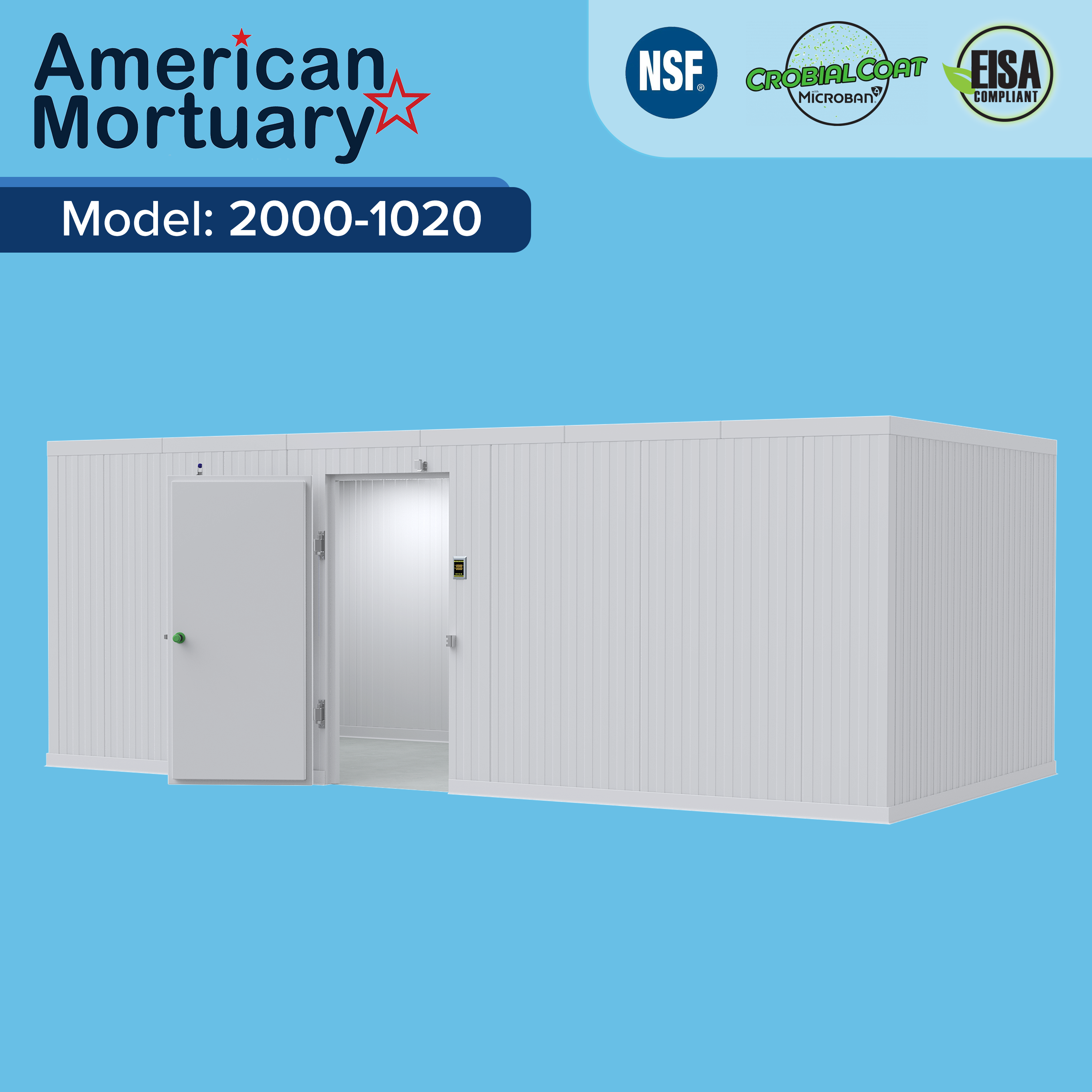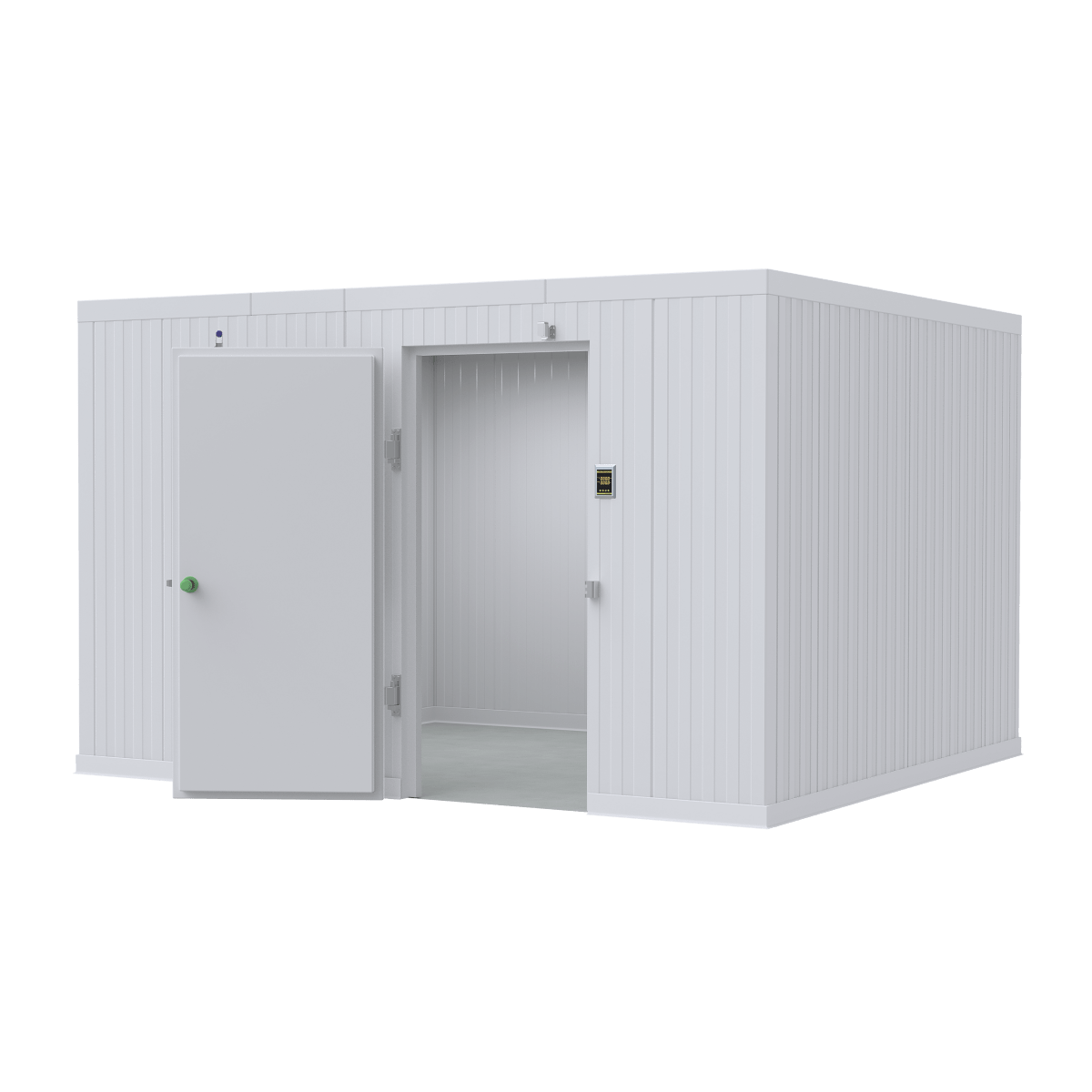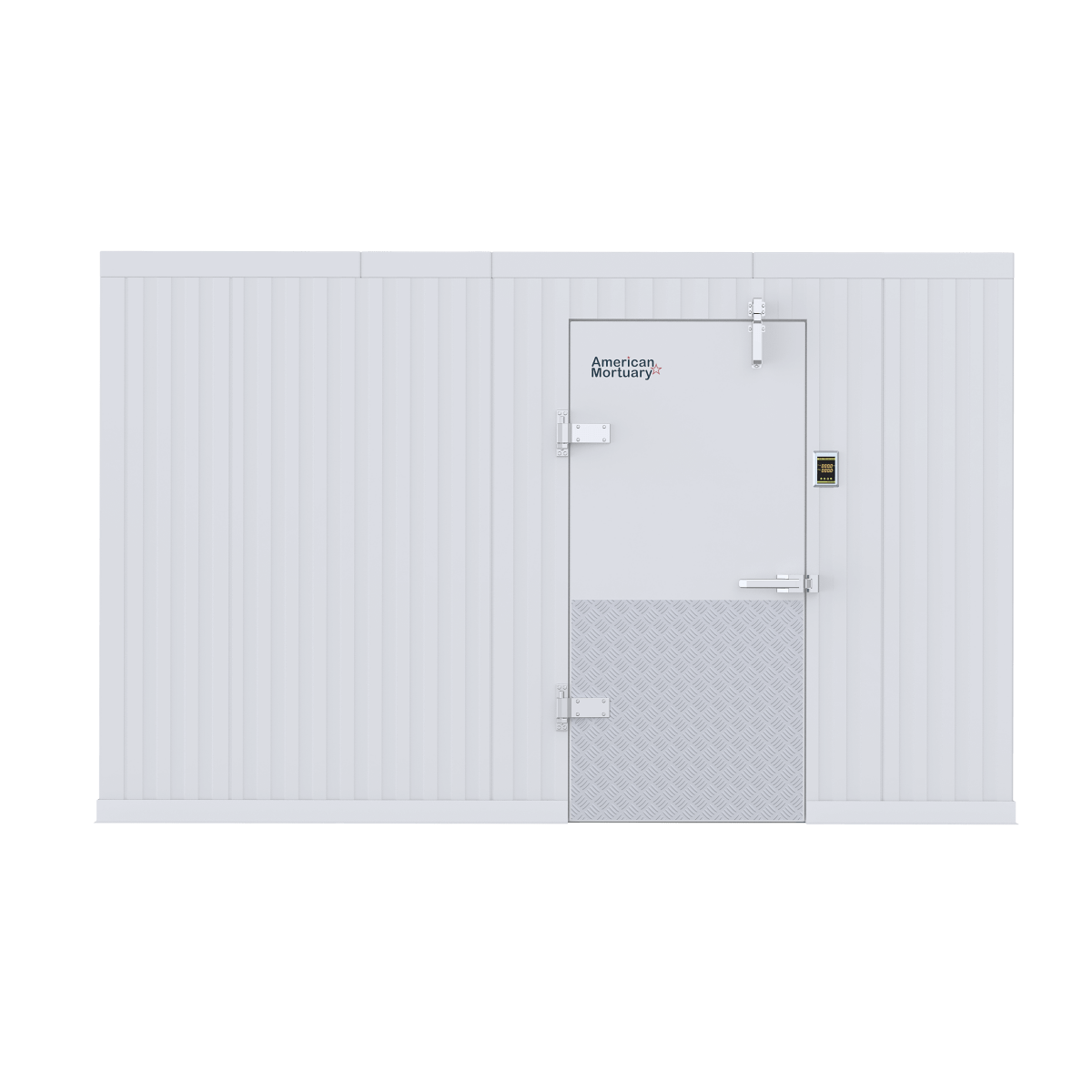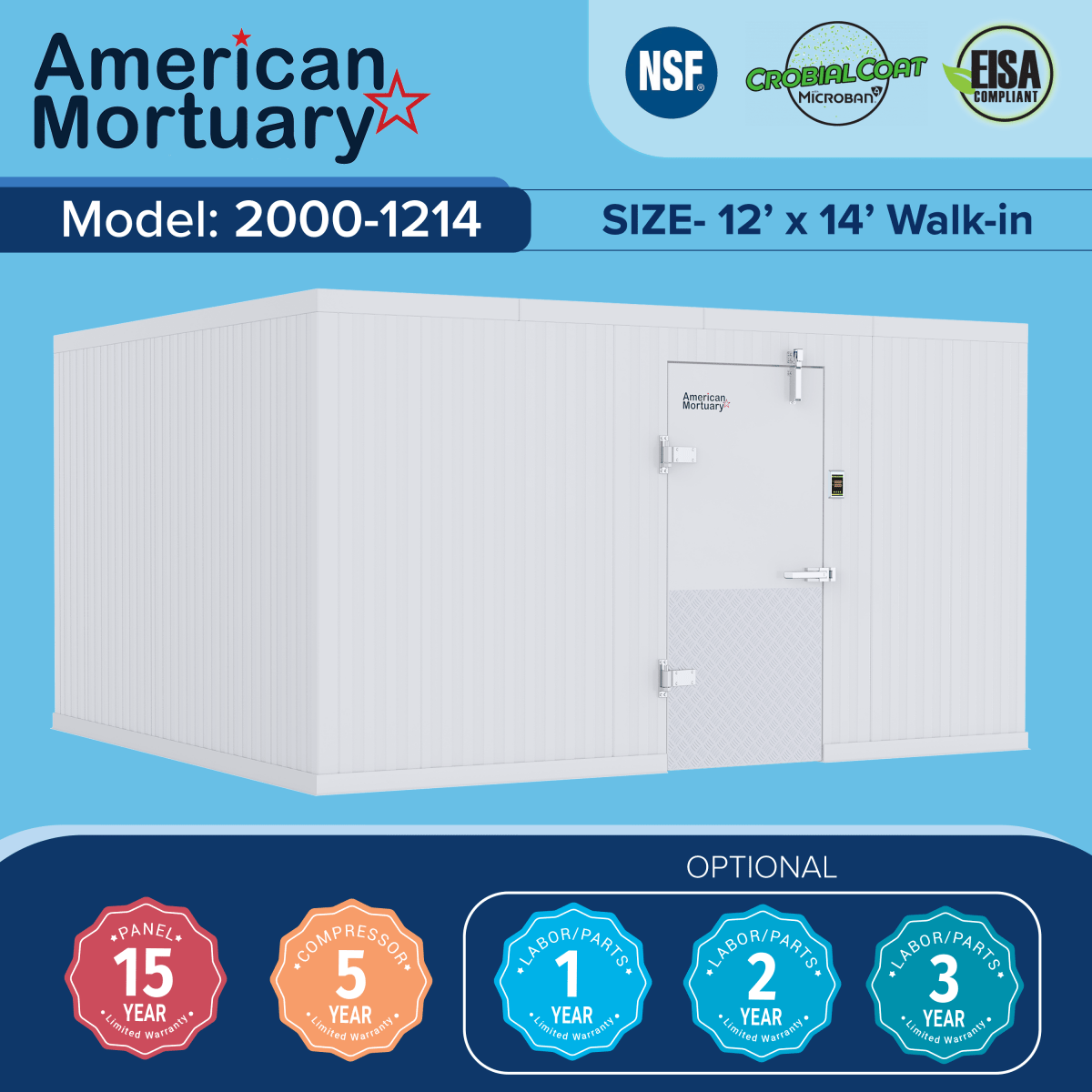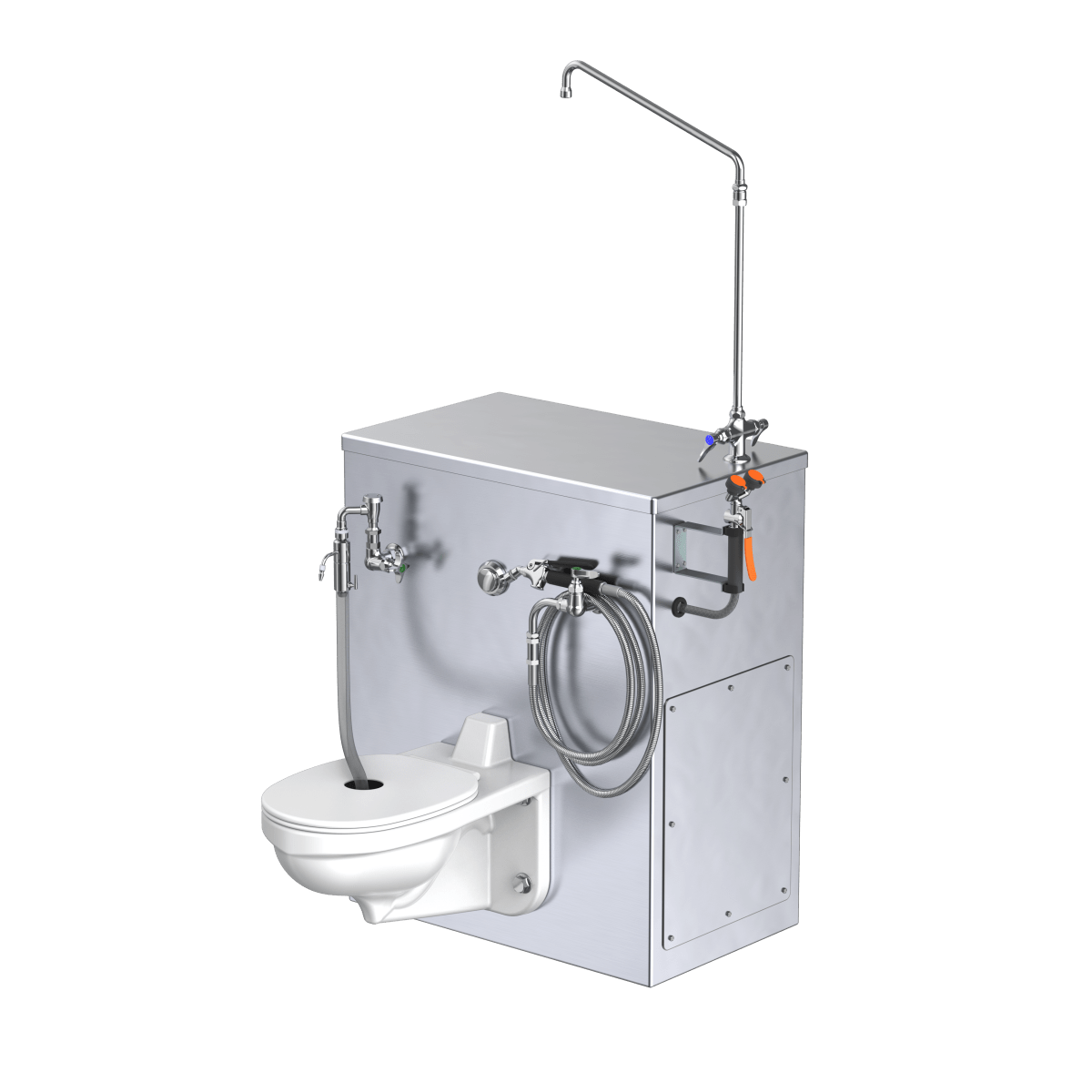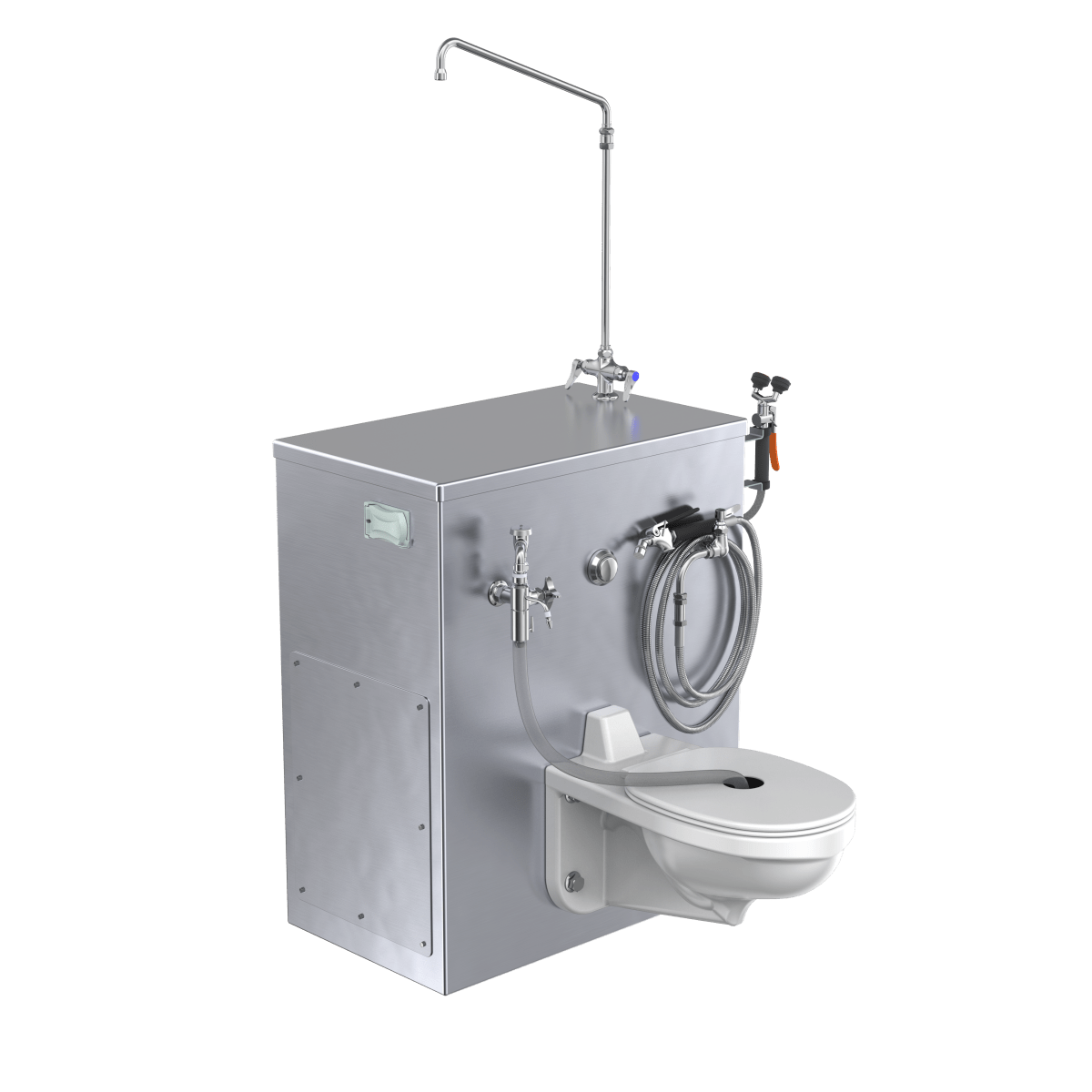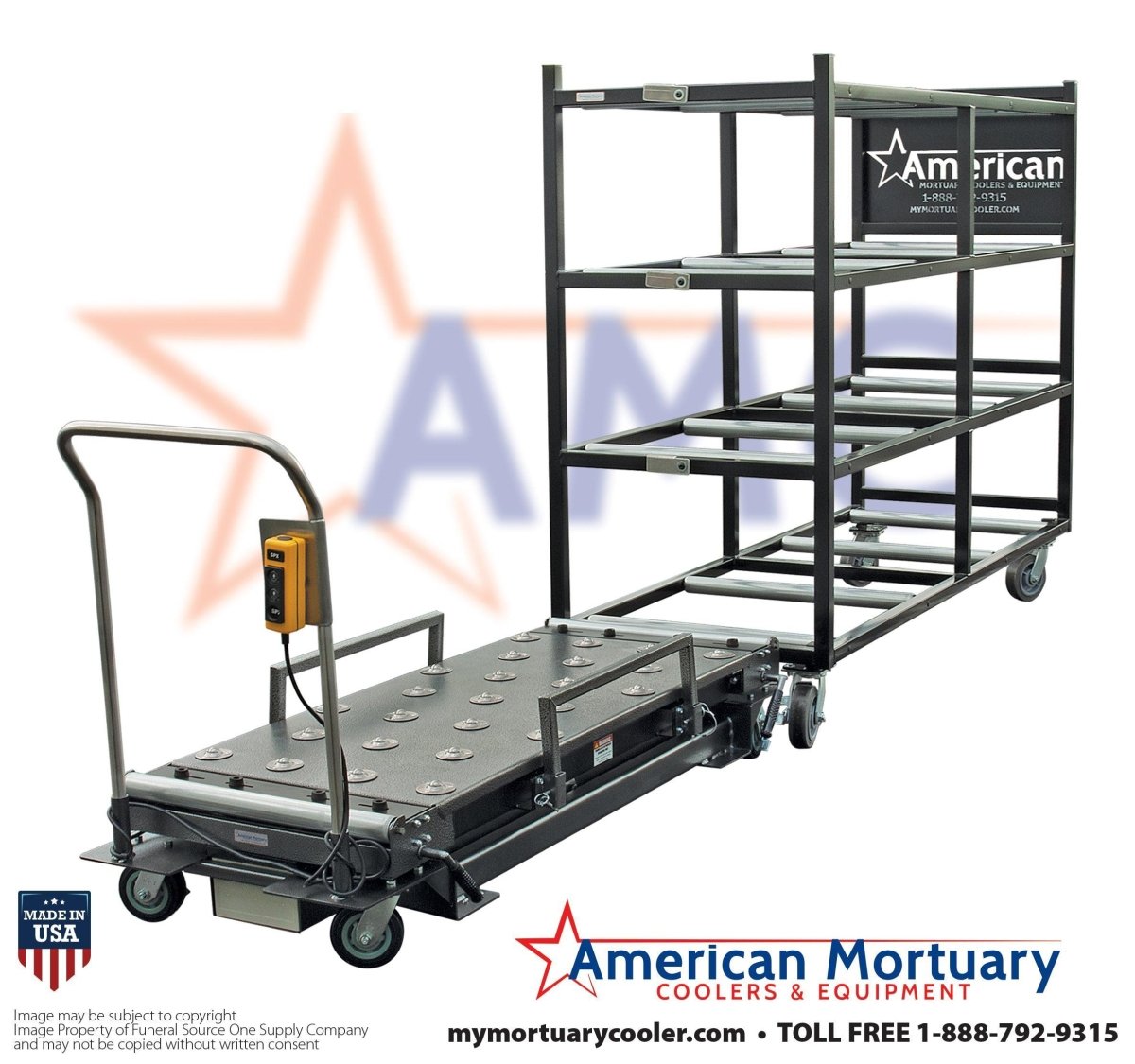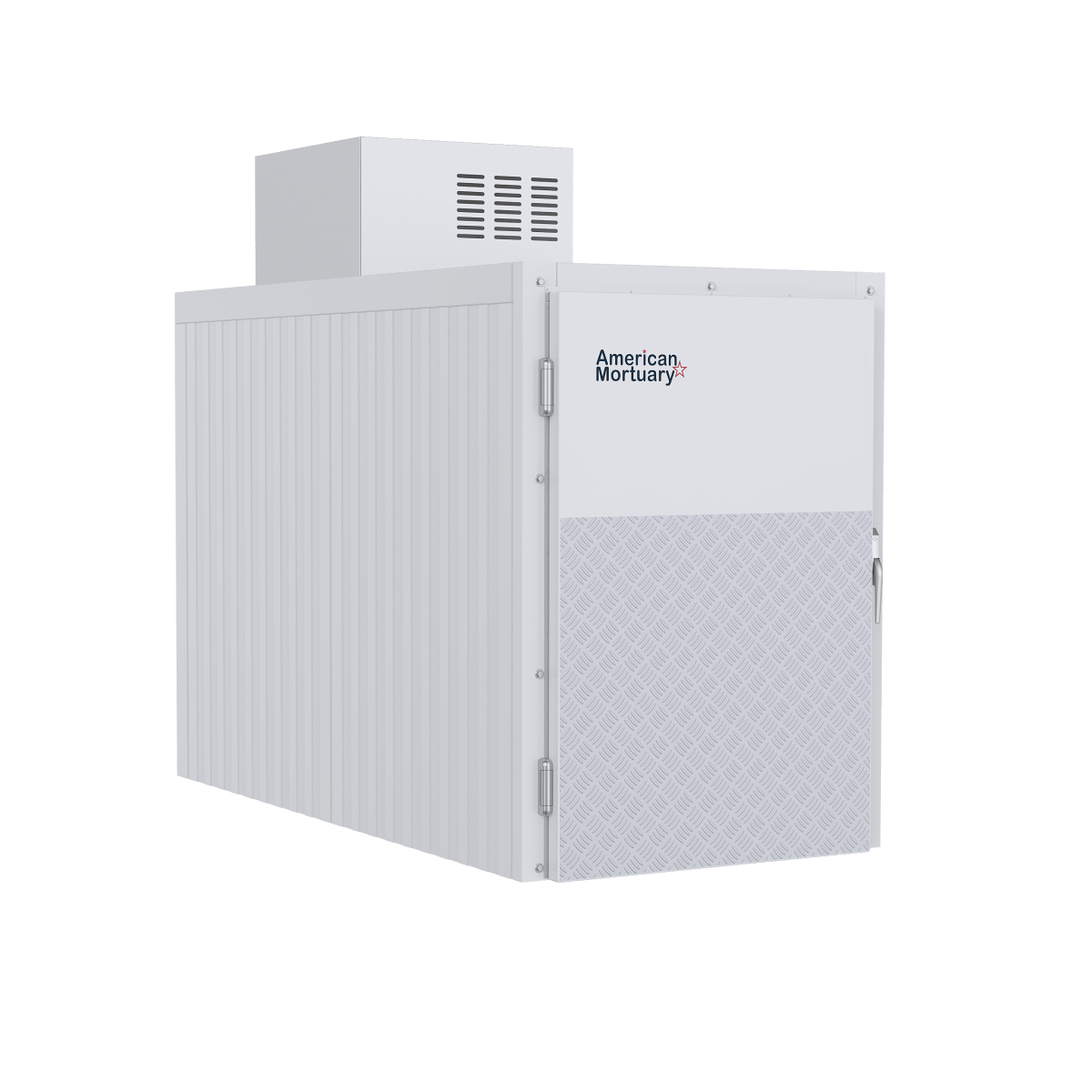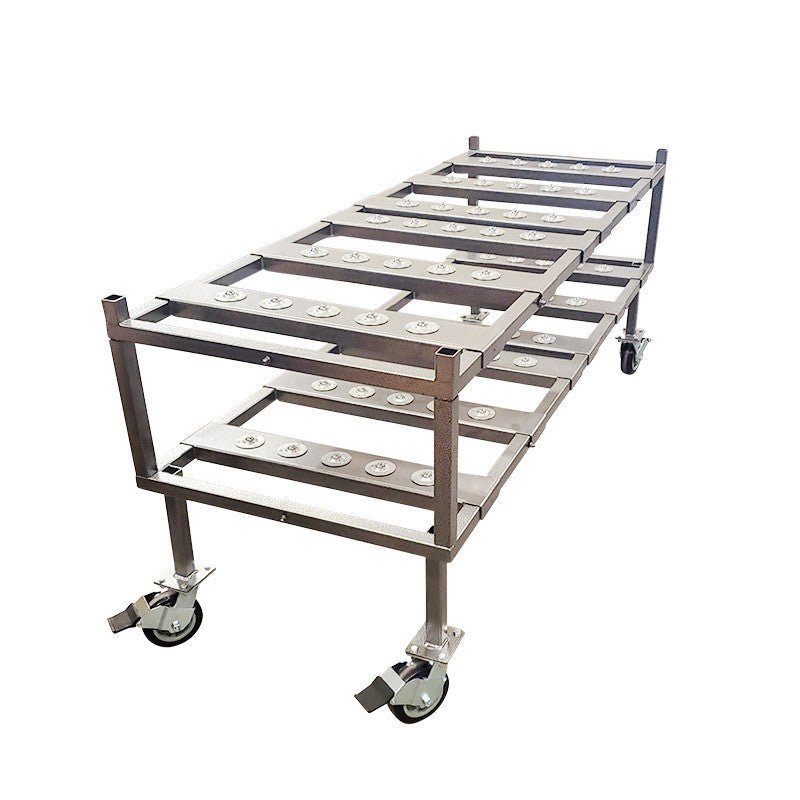In the whirlwind of tech announcements, few capture attention like wearable AI glasses. Meta is poised to release the Ray-Ban Display smart glasses (with neural wristband control) on September 30, 2025. The Verge+3Bizcommunity+3Tech Xplore+3
These glasses promise to overlay digital information directly into the user’s visual field — text messages, live translations, navigation, augmented reality visuals. Yet, for all their futuristic promise, they face real challenges: battery life, calibration, durability, privacy, user acceptance, and the sheer fickleness of emerging hardware.
On the opposite end of the technological spectrum lies something decidedly “non-sexy” but vitally essential: modern mortuary coolers. These robust refrigeration systems quietly serve funeral homes, hospitals, medical schools, and forensic labs, preserving dignity, meeting regulatory compliance, and operating 24/7 under demanding conditions.
Which is to say: not every tech revolution gets built on hype alone. The question: when push comes to shove, which investments deliver consistent value? Let’s compare.
Section 1: What Meta’s New AI Glasses Bring to the Table
1. Display + Neural Control
Meta’s new Ray-Ban Display glasses incorporate a micro-display in one lens, allowing overlay of visuals in your field of vision. Tech Xplore+2The Verge+2 They are paired with a neural wristband (using sEMG / electromyography) to detect subtle muscle movements and translate them into gestures or commands. Bizcommunity+1
2. Enhanced Battery & Video
Compared to prior models, these glasses boast longer battery life and improved video capture (e.g. 3K footage) in new models. Bizcommunity+2CGMagazine+2 Meta also unveiled improved versions (Ray-Ban Gen 2) with better battery and video capabilities as part of its 2025 lineup. The Verge+3Bizcommunity+3CGMagazine+3
3. AI Integration & “Personal Superintelligence”
Meta has repeated its ambition: these glasses will be part of how the company delivers “personal superintelligence,” an AI intimately connected to what you see, hear, and do. The Verge+3Forrester+3The Verge+3
4. Use Cases & Hype
Potential uses:
-
Hands-free messaging, navigation, augmented heads-up displays
-
Live translation, augmented health metrics, context recognition
-
Integration with apps, wearable devices, and spatial UI
But these remain aspirational and early-stage features, tested mostly in controlled demos.
5. Limits & Risks
-
Battery drain under continuous use
-
Display fidelity, ambient light interference
-
Latency, calibration error, drift over time
-
Durability: dropping, moisture, dust
-
Privacy, recording ethics, regulatory pushback
-
Adoption friction: not everyone wants tech in their field of view
Even during Meta’s live presentations, glitching has been reported. The Guardian+2Forrester+2
Section 2: What Modern Mortuary Coolers Deliver
1. Purpose and Role
Mortuary coolers are designed to preserve human remains at stable, low temperatures (commonly 2°C–4°C) to slow decomposition, maintain dignity, and provide time for pathology, funeral preparation, autopsies, etc.
2. Core Attributes
Reliability and Uptime
These systems run 24/7, often in remote or high-demand settings. Downtime is unacceptable.
Redundancy & Safety
Dual compressors, backup cooling systems, alarm systems, remote monitoring, emergency power systems.
Compliance & Regulation
Must often meet health codes, OSHA safety rules, lab standards.
Durability & Materials
Heavy-gauge stainless steel, corrosion resistance, vapor barriers, thick insulation.
Serviceability
Parts, field service, modular repairs over decades.
Predictable ROI
Returns not through novelty but through decades of uptime, minimal failure, and trusted performance.
3. Modern Advances
-
Digital control systems, real-time temperature monitoring
-
IoT remote alerts & failover systems
-
Energy-efficient compressors & greener refrigerants
-
Ergonomic design for loading/unloading (roll-ins, tray systems)
-
Modular walk-ins and mobile units
4. Why Mortuary Coolers Remain Foundation Tech
-
Use-case is stable, well understood, regulated
-
Needs are non-negotiable (cold chain for human remains)
-
Innovation is incremental — reliability is more prized than novelty
-
Because in the domain of life/death, failure is catastrophic
Section 3: Side-by-side Comparison
| Feature / Dimension | Modern Mortuary Cooler | Meta AI Glasses (Ray-Ban Display & siblings) |
|---|---|---|
| Purpose & Use Case | Preservation of human remains in controlled cold storage | Wearable AI interface, visual overlay, communication tools |
| Reliability & Uptime | Designed for continuous 24/7 operation, redundancy built in | Experimental hardware, unknown real-world uptime |
| Compliance & Safety | Built to industry regulations, lab & health standards | Mostly consumer / prosumer devices, privacy & safety challenges |
| Durability | Rugged, industrial construction | Fragile electronics, vulnerable to impact, moisture |
| Innovation Lifecycle | Incremental, safety-first upgrades | Rapid iteration, high obsolescence risk |
| Adoption Barrier | High barrier, needed equipment | Precise calibration, user acceptance, ergonomic comfort |
| Cost vs Value | Justified by long service life, low failure risk | Uncertain — high risk of becoming obsolete or untrusted |
| Regulation & Liability | Clear regulatory path in mortuary context | Privacy, recording, medical/health errors, liability issues |
| Scalability | From small upright to large walk-in or mobile units | Scaling wearable experience across users, ecosystems |
| Trust & Authority | Built over decades in medical, funeral, forensic domains | Novel tech; trust must be earned, glitches hamper perception |
From this comparison, it's evident that while the AI glasses are exciting, they are in experimental phase, whereas mortuary coolers are battle-tested, mission-critical infrastructure.
Section 4: Why the “Cooler” Wins in Critical Infrastructure
-
Fail-safe is non-negotiable
In mortuary operations, equipment failure can be disastrous, legally and ethically. The cost of a refrigerator failure is high. Wearable tech failures are embarrassing but not lethal. -
Long lifespan vs frequent hardware churn
High-end mortuary coolers are designed to last decades. Glasses will likely be upgraded every few years as tech evolves. -
Clear use-case vs speculative overlay
Mortuary coolers do one job — preserve remains. AI glasses propose many potential roles, but not guarantee in any of them. -
Regulatory maturity vs regulatory uncertainty
Cold-storage is a regulated domain; tools exist for compliance. Wearables, especially ones with recording and AI, are under evolving legal and privacy regimes. -
Trust and adoption
Mortuary professionals trust cooling tech because it is proven. Glasses must earn trust — any misstep (glitch, privacy breach) erodes it fast. -
Complement, not replacement
Realistically, AI glasses might support mortuary workflows (glasses-assisted remote viewing, voice commands) — but they won’t replace the heavy-lifting of refrigeration.
Section 5: Strategic Implications for Buyers & Operators
-
When budgeting, place mission-critical infrastructure (coolers) ahead of speculative tech (glasses).
-
Use emerging wearables as enhancements, not replacements, for core systems.
-
Insist on warranties, service contracts, compliance certifications for infrastructure tech.
-
Watch early adoption of glasses for real-world failure rates and regulatory backlash.
-
Invest in cooling systems with remote monitoring and failover systems — because that reliability is non-glamorous but foundational.
Conclusion
The unveiling of Meta’s new AI glasses introduces a compelling vision of augmented reality and wearable AI. But beneath the hype lies a gulf between aspirational gadgetry and mission-critical infrastructure. Modern mortuary coolers may lack glitzy displays or neural wristbands, but they deliver what truly matters in their domain: stability, regulatory trust, durability, and peace of mind.
As the tech world chases novelty, the mortuary equipment sector reminds us: in critical systems, the proven tech remains king. And when your operations depend on no-fail cold preservation, you'd rather bet on decades of coolers than months of glasses.
If you like, I can turn this into a polished white-paper / downloadable PDF, with citations, charts, and branded visuals, to distribute to your industry clients as thought leadership. Would you like me to format that for you?



